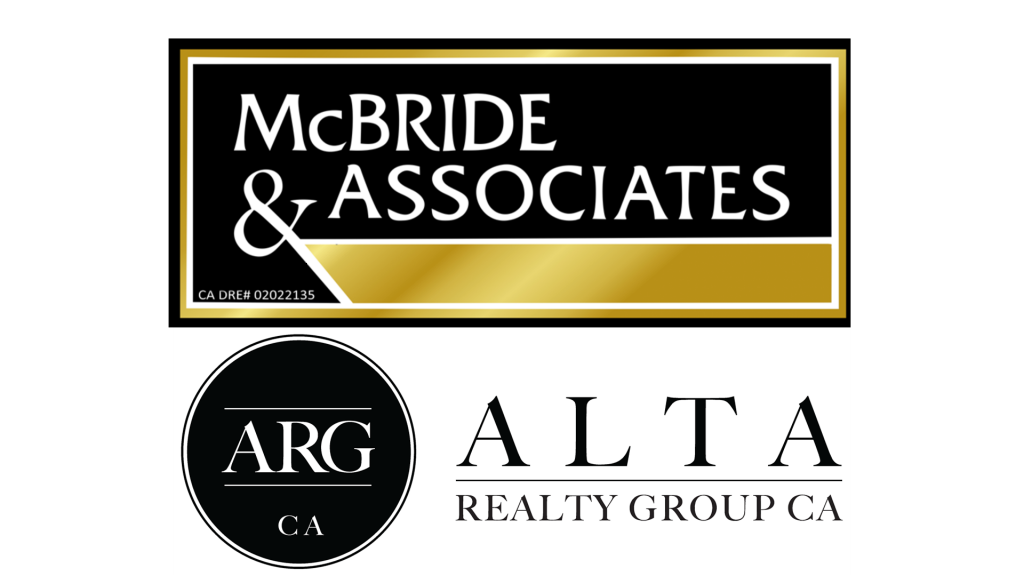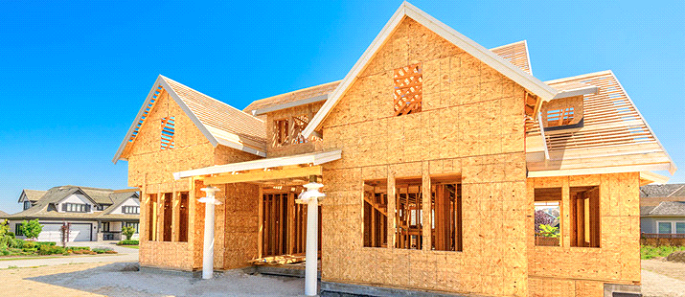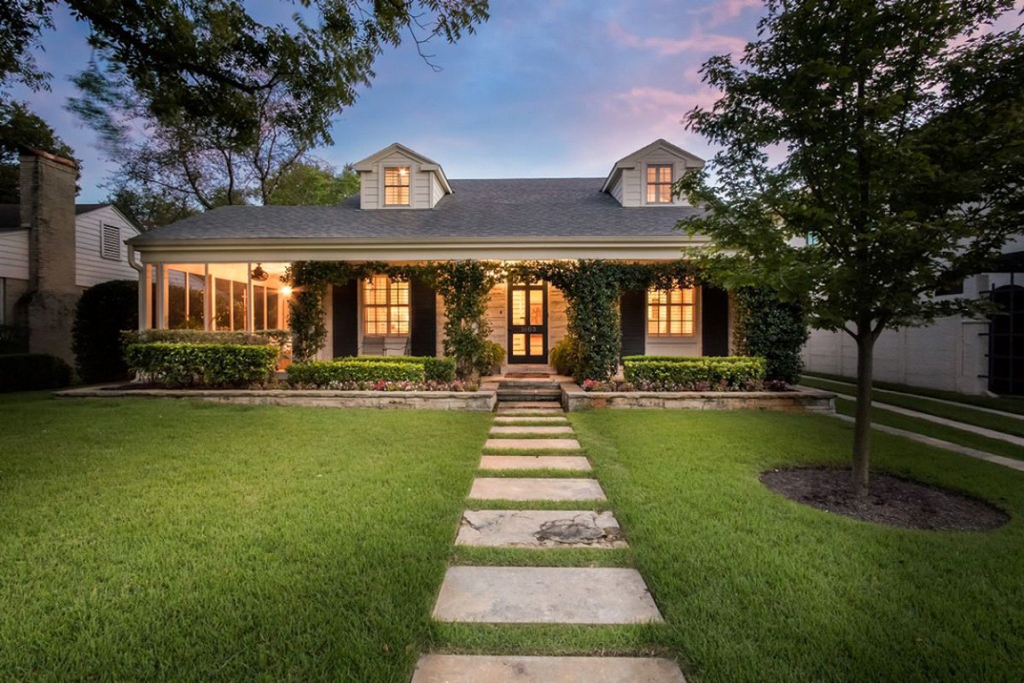Most people assume that new is always best when it comes to the things that they buy, but this is not always the case when purchasing a home. While it is true that no one else has ever lived in a brand new home before, allowing you to truly make it your own, you may have to contend with a variety of hidden fees during the purchase process. You can often avoid many of these fees by buying a home in an already-established neighborhood.
When making the decision whether to purchase a brand new home or an older one, you want to know that your real estate agent has your back. We have seen so many occasions where other agents do not advise their buyers of these hidden fees, resulting in much larger down payments and taxes than the buyers had anticipated.
When you work with us, we strive to provide all of the information you need to make an informed decision. We want you to have confidence that you have chosen an agent who is looking out for your best interests, not theirs.
Here’s what you need to know about the differences between buying new homes versus established ones:
New Homes
Always visit a new community the first time with a Realtor® as they can get your registered. By having representation they can help you get upgraded flooring or other items you would normally pay for.
- Landscaping Costs – Depending on the community, your property may or may not come landscaped. If it does not, you’ll have to cover these costs yourself. Most often it is the backyard.
- Sometimes Mello-Roos or Higher Taxes – Some community developers choose to obtain Mello-Roos financing, which results in higher taxes for the ultimate property buyer. Mello-Roos is a form of financing that can be used by cities, counties, and special districts (such as school districts). Mello-Roos Community Facilities Districts (referred to as “CFDs”) raise money through special taxes that must be approved by 2/3rds of the voters within the district.
- No Need for Repairs – Because the property is brand new, you won’t have any repairs on the horizon, at least for the first few years.
- Possibility of Discounts – Depending on how quickly properties in the community are selling, the builder may offer closing costs credits to help you save money. They may sometimes be willing to offer deals on the price as well.
- Still Need Representation – The sales representative for the community works on behalf of the builder, so you still need to obtain your own representation for your real estate negotiations. Don’t even preview a home in a new community without an agent working on your behalf.
- Personalize the Details – With a new home, you’ll have the opportunity to pick your paint colors. You may also be able to request various upgrades while your house is being built. Check with the community you are considering for more specific details.
Standard Sales
- Generally in Good Repair – In most cases, the homes you’ll be looking at will still be in good condition, as the previous family had been living there. You can ask for repairs to be completed as a condition of your purchase, or you can negotiate a lower price in exchange for handling the repairs after the sale closes. You will still want to have a home inspection to verify the condition of the property.
- Move In Quickly – Because you are purchasing an existing home, you don’t have to wait for it to be built. This can make the buying process easier, especially if you are dealing with time constraints. The limiting factor here is typically your own financing.
- Lower Taxes – Property taxes on older homes tend to be lower than they are for newer homes. If the neighborhood you choose had Mello-Roos financing, the higher taxation period will likely have already expired, helping you to avoid this additional cost.
- More Financing Options – Because you are buying from the previous owner rather than a new community, you may have more options available to you in terms of financing your purchase. The seller may be willing to offer creative financing options to help move the sale forward.


